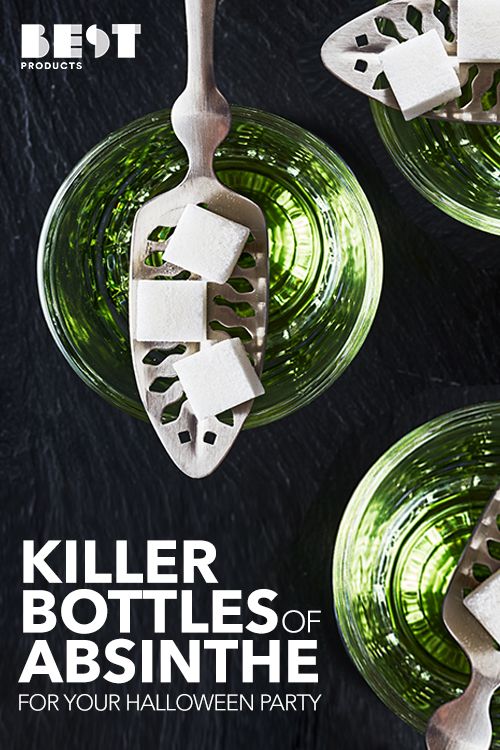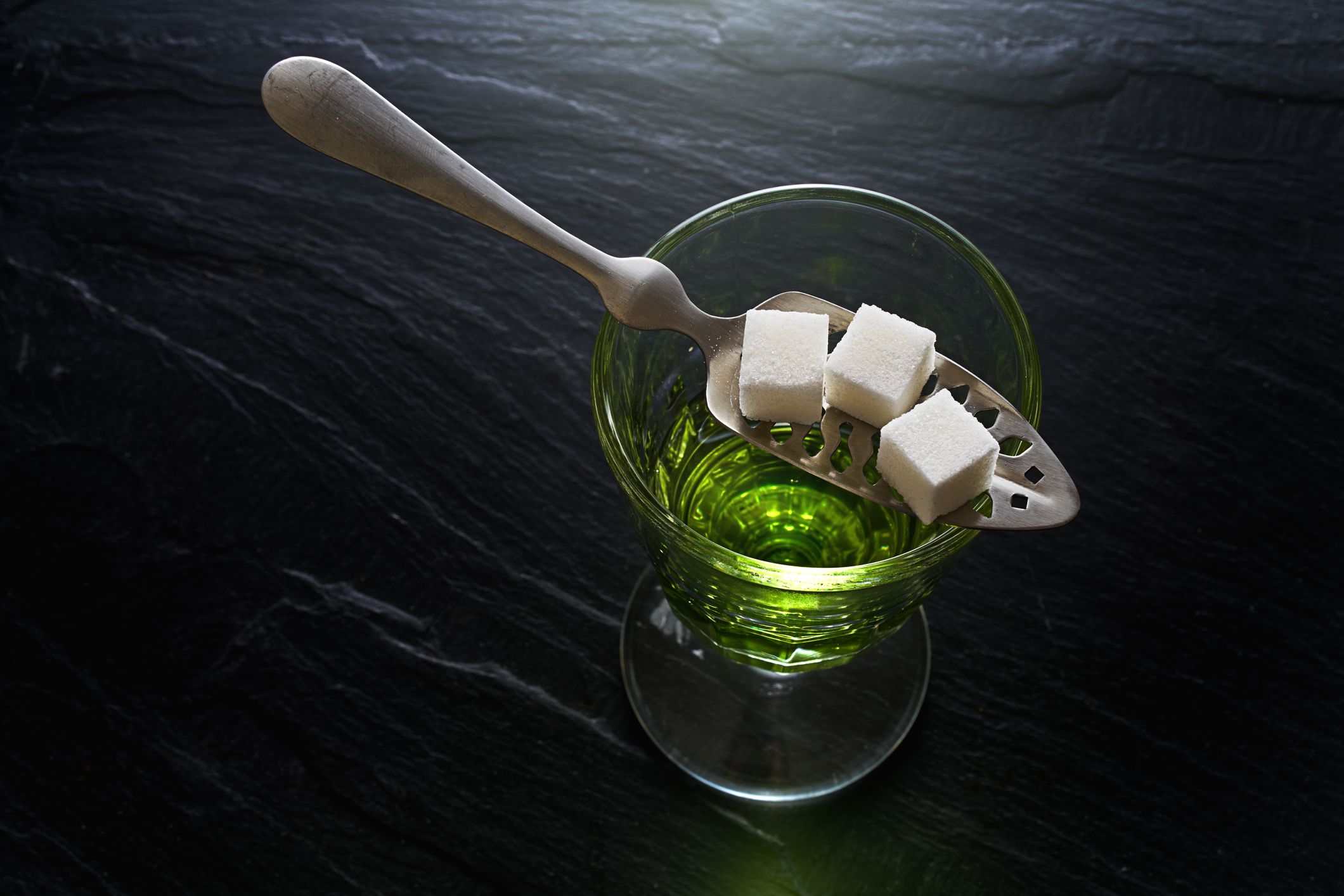


The flowers are pale yellow, tubular and clustered. The length of the basal leaves is 25 cm long with lengthy petioles. The spirally arranged leaves are greenish-grey above and white below covered with silky silvery-white trichomes. At times it reaches a height of 1.5 m, but, sometimes even larger. The straight stems achieve a height of 0.8–1.2 m. Abisinthe is herbaceous perennial plant which has fibrous roots. It is grown as an ornamental plant and is used as an ingredient in the spirit absinthe as well as some other alcoholic drinks. Wormwood is a species of Artemisia which is native to temperate regions of Eurasia and Northern Africa and widely naturalized in Canada and the northern United States. This plant can be cultivated in dry soil, mid-weight soil, fertile soil and soil rich in nitrogen.Ībsinthium is traditionally used medicinally in Europe, and is believed to stimulate the appetite and relieve indigestion.Įven William Shakespeare has mentioned the name of this plant in his play Romeo and Juliet.

The other common names of this plant are absinthium, absinthe wormwood, wormwood, common wormwood, green ginger or grand wormwood. The botanical name of this plant is Artemisia absinthium. This topic will deal with a plant name Absinthe which is commonly referred as wormwood in English. Ayurveda, Homeopathy and Siddha Medicines are gaining momentum since the medicines they prescribe are herbal based. There are numerous aromatic and medical plants in this world and some of these plants are tulsi, spearmint, betelvine, pippali, kesar, lemon grass, kapur kachri, chamomile and Isabgol. Plants and trees are mainly depended on sunlight, water and nutrients from the soil. Check out our photos of the road trip in the gallery.Plants prima-facie lives under the sea and also solidly occupies maximum portion of the earth. The Absinthe prohibition is still active in Switzerland, therefore the festival is more of a family reunion, which demonstrates the deep connections the valley has to its culture, the Green Fairy. Also Absinthe candies such as Absinthe ice cream, Absinthe pudding and Absinthe chocolates are offered, and the only “legal” Absinthe Kübler with 45% alcohol is served. You can find some antique sellers who present their absinthiana collections, such as antique Absinthe spoons, glasses and fountains. Well, to name it a festival is almost a bit exaggerated, moreover it is a fair for the locals of the Valley. Next stop: Absinthe Festival in Boveresse Francois Guy is known for his hospitality and therefore we didn’t have to wait long, until he invited us to a glass of Absinthe. You can see (and smell) how their Absinthe is produced and will always find some time to talk with the owner. Francois Guy is the biggest distillery in Pontarlier, and open for visitors. After a little chat and sampling of the house specialties we headed over to Mr. Emile Pernot still uses old alambics from 1948 and as a distillation was in process we could see how their Absinthe is produced after traditional methods. Francois Guy, the creator of the homonymous Absinthe for a little Heure Verte.Īfter we checked out some of the city attractions in Pontarlier we visited the distilleries Emile Pernot and Francois Guy. A visit of the Absinthe Museum was also part of our road trip and of course we stopped by at the Emile Pernot distillery and Mr. For example the legendary Pernod Fils distillery had its major production here, and the old buildings can still be found, although they are now used by the Swiss nutrition company Nestlé. Here most of the Absinthe was produced during the Belle Epoque. As the Val de Travers is directly at the French Border our first stop was the French city Pontarlier. June 18th 2004, at 8 o’clock in the morning a group of four Absintheurs hit the road, and thanks to the German Autobahn we reached our final destination after 7 hours of driving. This year we decided to visit this very special place. Now, more than 100 years later, the little town Boveresse in the Val de Travers organizes every year an absinthe festival – “La Fete de l’Absinthe”. Pierre Ordinaire started to distrbute a special digestive – “Bon Extrait d’Absinthe” – in the 18th century, which soon should become famous under the name ABSINTHE. The home of the Green Fairy can be identified in the small valley “Val de Travers” in the Swiss Jura, next to the French border.


 0 kommentar(er)
0 kommentar(er)
